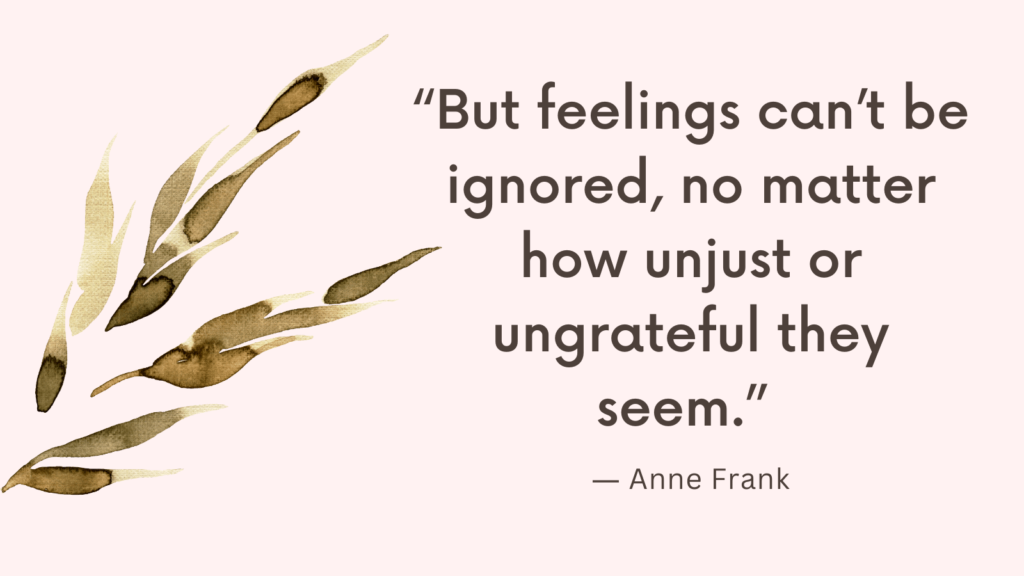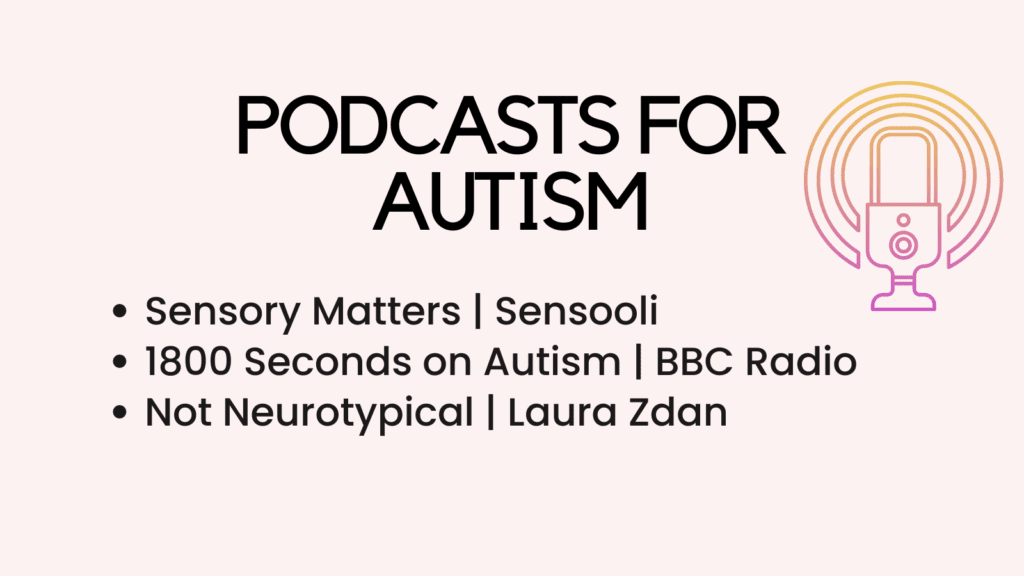In this post, you’re going to learn the difference between autistic meltdown and panic attack.
Autistic Meltdown vs Panic Attack
Autistic individuals and those experiencing panic attacks may display similar behaviors during moments of distress, making it important to distinguish between the two.
By exploring the characteristics, triggers, and appropriate responses to autistic meltdowns and panic attacks, we can better support individuals experiencing these episodes.
Autism Meltdowns
Autistic meltdowns are intense reactions to overwhelming sensory or emotional stimuli.
They are not deliberate behavior but rather a response to an inability to cope with the situation at hand. Some key features include:
1. Triggers: Meltdowns are often triggered by sensory overload, changes in routine, social interactions, or heightened emotional states. These triggers can vary significantly among individuals.
2. Emotional Expression: During a meltdown, autistic individuals may exhibit extreme emotional distress, including anger, frustration, sadness, or fear. Their emotional responses may appear disproportionate to the trigger.
3. Sensory Overwhelm: Sensory input, such as loud noises, bright lights, strong smells, or physical discomfort, can intensify a meltdown. The individual may seek to avoid or escape the overwhelming stimuli.
4. Behavioral Manifestations: Autistic meltdowns may involve repetitive movements (stimming), self-injurious behaviors, aggression towards objects or others, or withdrawal. These actions are often attempts to self-regulate or regain control.
Related: Autism In Women Symptoms That Are Often Overlooked
Panic Attacks
Panic attacks, on the other hand, are intense surges of overwhelming anxiety that can occur in various contexts.
Although individuals with autism can experience panic attacks, it’s important to differentiate them from meltdowns. Key characteristics include:
1. Triggers: Panic attacks can be triggered by specific situations, thoughts, memories, or even seem to occur randomly without an identifiable cause.
2. Physical Symptoms: Panic attacks often involve physiological symptoms such as rapid heartbeat, shortness of breath, chest pain, trembling, sweating, dizziness, or nausea. These sensations can mimic serious health concerns.
3. Cognitive Distortion: Individuals experiencing a panic attack may have profound feelings of impending doom, loss of control, or fear of dying. Catastrophic thoughts may dominate their thinking.
4. Duration and Aftermath: Panic attacks typically peak within minutes and gradually subside. However, they can leave individuals feeling exhausted, emotionally drained, and potentially hesitant to engage in places or activities associated with the attack.
Related: Am I Having A Panic Attack Quiz
Differentiating Meltdowns and Panic Attacks
While there may be some overlap in behavioral manifestations, several key differentiating factors can help distinguish between autistic meltdowns and panic attacks:
1. Trigger Identification: Understanding the specific trigger is crucial. Autistic meltdowns are often triggered by sensory overload or other environmental factors, while panic attacks can arise spontaneously or be linked to anxiety-related triggers.
2. Emotional Context: In meltdowns, emotions are often directly connected to the trigger or demand that feels overwhelming. Panic attacks are characterized by overwhelming anxiety and do not necessarily have a direct connection to the immediate situation.
3. Sensory vs. Physiological Symptoms: Sensory overload and emotional dysregulation play prominent roles in meltdowns, whereas panic attacks primarily involve intense physiological symptoms and cognitive distortions related to anxiety.
Related: Top +40 Autism Self Help Skills For Adults That Will Make Life Less Stressful (+FREE ASD Resources)
Response and Support Strategies
Tailoring our response to individuals experiencing meltdowns or panic attacks is essential for providing appropriate support. Suggested strategies include:
1. Meltdown Response
– Create a calm and safe environment by removing or reducing sensory stimuli.
– Allow space and time for the individual to self-regulate.
– Offer comfort and reassurance without overwhelming verbal communication.
– Identify and address any unmet needs or triggers if possible.
2. Panic Attack Response
– Stay with the individual and provide reassurance.
– Encourage slow, deep breathing and grounding techniques.
– Offer a safe space to retreat and allow privacy if needed.
– Help the person identify and challenge distorted thoughts after the attack subsides.
– Encourage seeking professional help if panic attacks are recurrent or severely impacting daily functioning.
Related: Best 10 Panic Attack Books

Conclusion
Understanding the differences between autistic meltdowns and panic attacks is crucial for providing appropriate support and interventions.
By recognizing the unique characteristics, triggers, and responses associated with each, we can promote well-being and help individuals effectively navigate these challenging moments.



